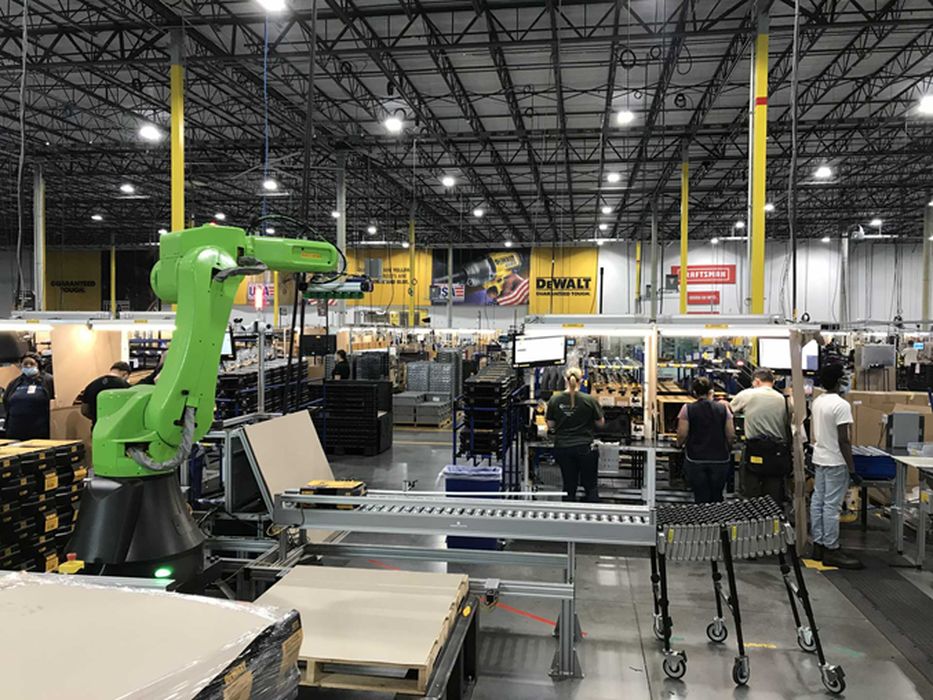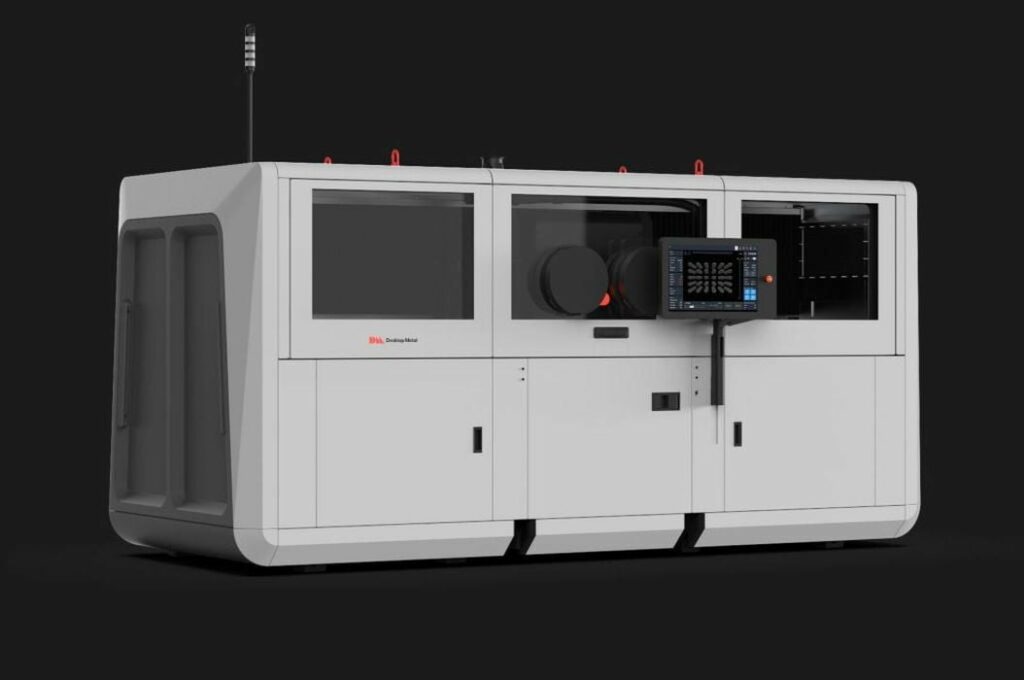
Charles R. Goulding and Preeti Sulibhavi look at how Stanley Black & Decker have made use of Desktop Metal’s new 3D print technology.
Stanley Black and Decker, a diversified global provider of hand tools, power tools, outdoor products and related accessories (including lawn care), was founded in 1843 by Frederick T Stanley, which then merged with Black & Decker in 2010. Stanley Black & Decker has two reportable business segments, Tools & Storage and Industrial. Stanley Black & Decker generated US$15.6B in revenues in 2021 alone.
Tools & Storage
Tools and storage equipment include hand tools, professional-grade corded and cordless electric power tools and equipment including drills, impact wrenches and drivers, grinders, saws, routers and sanders as well as pneumatic tools and fasteners. There are also consumer products including corded and cordless electric power tools and home products such as hand-held vacuums, paint tools and cleaning appliances.
3D printing can play a pivotal role in this business category. We have written about home improvement before.
Industrial

The industrial segment of Stanley Black & Decker is comprised of the Engineered Fastening and Infrastructure business. We have written about how Biden’s Infrastructure bill will lead to more use of highly engineered equipment such as fasteners, fittings, etc.
In 2018, Stanley + Techstarts Additive Manufacturing Accelerator program was launched. The program was created to advance additive manufacturing by working with Stanley Black & Decker’s new Manufacturing 4.0 Advanced Manufacturing Center of Excellence in Hartford The three main elements of additive manufacturing are: hardware (printers), software (operating systems and decision-making algorithms) and materials.
In February 2022, Desktop Metal announced the shipment of its first Production System P-50 metal additive manufacturing machine to Stanley Black & Decker. The platform the 3D printer will be used on has been designed with production applications in mind. Stanley Black & Decker is the first company to install the Production System P-50 and this is a huge development in the 3D printing and tooling equipment world.
The Research & Development Tax Credit
The now permanent Research and Development (R&D) Tax Credit is available for companies developing new or improved products, processes and/or software.
3D printing can help boost a company’s R&D Tax Credits. Wages for technical employees creating, testing, and revising 3D printed prototypes can be included as a percentage of eligible time spent for the R&D Tax Credit. Similarly, when used as a method of improving a process, time spent integrating 3D printing hardware and software counts as an eligible activity. Lastly, when used for modeling and preproduction, the costs of filaments consumed during the development process may also be recovered.
Whether it is used for creating and testing prototypes or for final production, 3D printing is a great indicator that R&D Credit eligible activities are taking place. Companies implementing this technology at any point should consider taking advantage of R&D Tax Credits.
Conclusion
There are many reasons to be aware of the many offerings that Stanley Black & Decker has to offer. 3D printing continues to be an important aspect of Stanley’s business growth.
